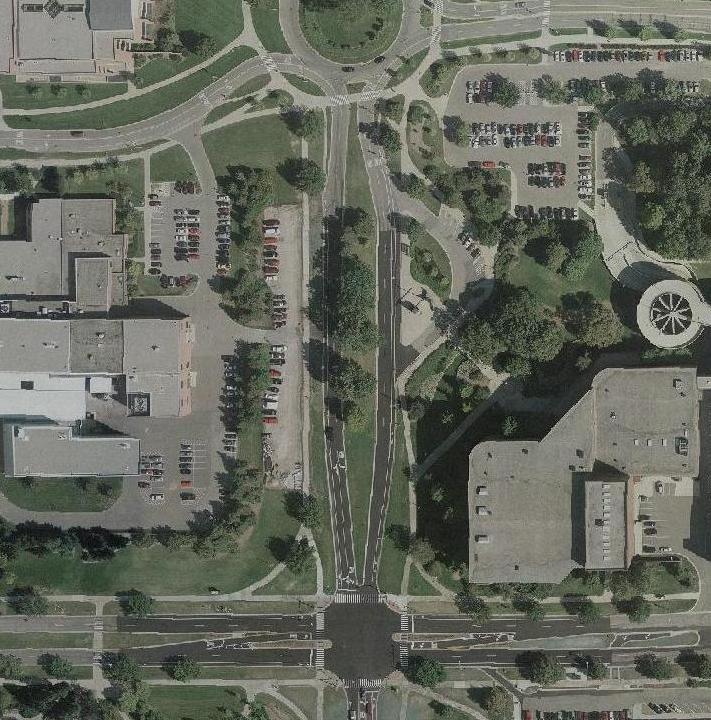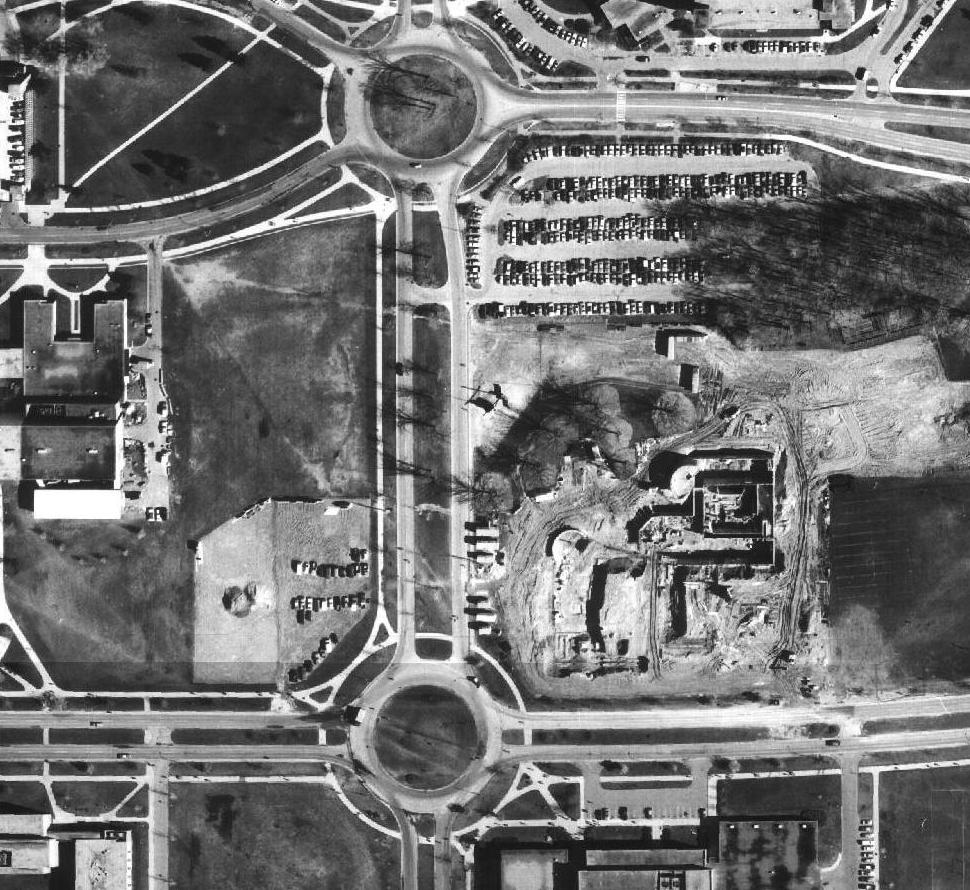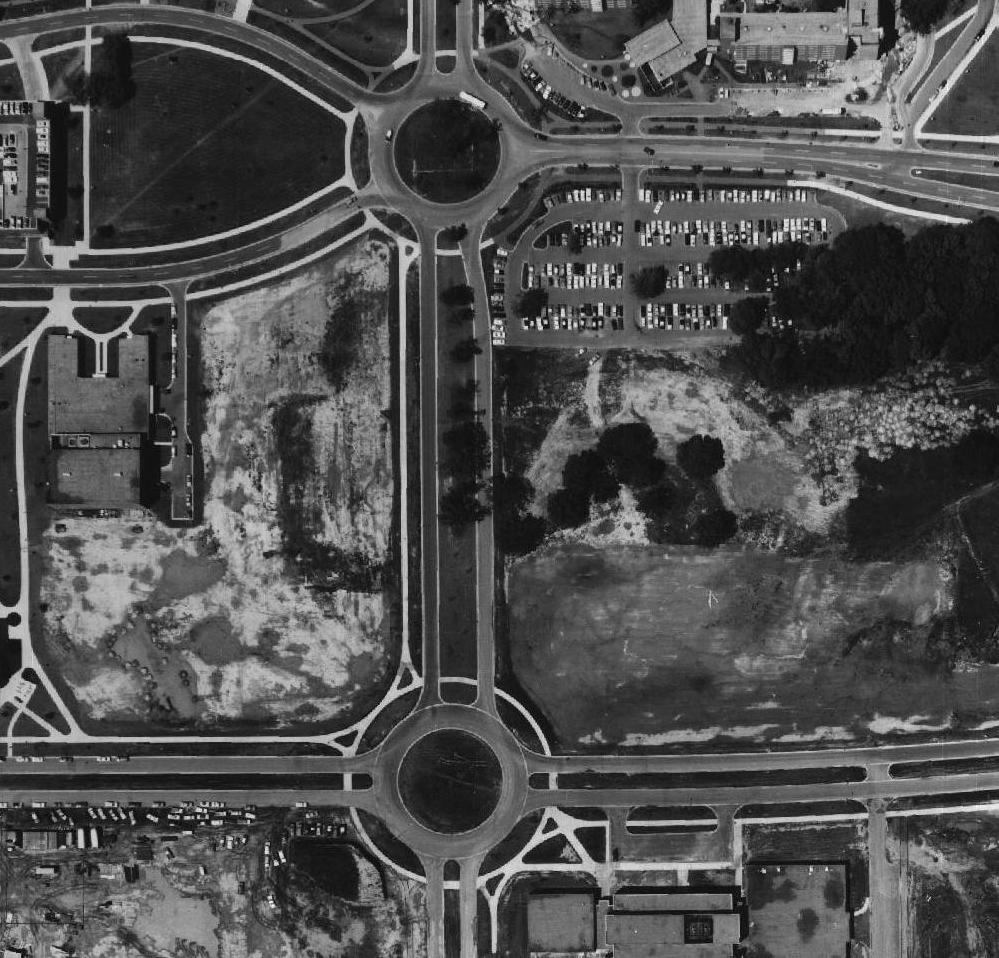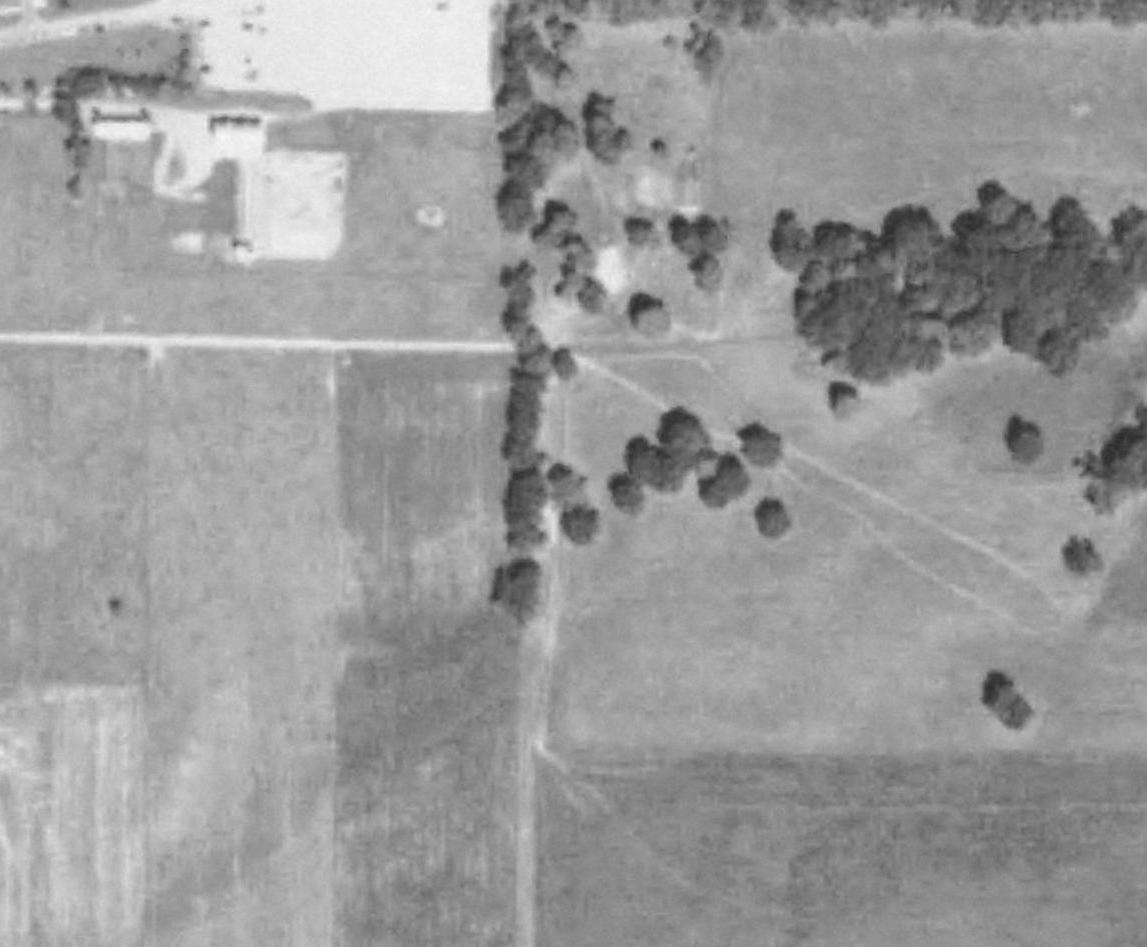Once in a while we end up flicking around the dial on Friday evenings and land on a show called “What would you do?” It’s a hidden camera-type set up where viewers get to see the reaction of everyday folks faced with awkward or contentious situations like an overbearing customer berating a waitress over a minor mistake in their bill. The scenarios are played out by actors but the people responding are not. Personally I find the premise of the show slightly annoying because it smacks of entrapment but it seems to lure in the rest of my family.
Today we’ll do our own version of “What would you do?” In this case, however, the situation is real. Here’s the deal. Michigan State University has begun work to complete the Facility for Rare Isotope Beams or FRIB across the street from the Horticulture building. This $615 million dollar project will enable physicists to study rare nucleotides, the kind of elements that only exist for fractions of seconds. It’s definitely big science stuff and can lead to all kinds of exciting discoveries. In looking at some of the plans for the FRIB, however, some of my colleagues discovered that the FRIB completion will require removal of several large mature oak trees that close to 100 years old. The initial effort to save the oaks focused on re-locating the portion of the FRIB that conflicted: No dice. The next option was to move the oaks. Due to various factors, only one tree, a bur oak about 3 feet in diameter, can be moved. The price tag: approx. $150,000. The move date is currently set for Dec. 10. Now another option has surfaced: remove the mature oak and use the $150k to plant new trees around campus. Our landscape services typically plants 2” caliper shade trees and 6’-7’ conifers so we’re probably talking 400-500 trees. I am part of a group that will try to hash things out on Wednesday.
So, what would YOU do? Save one large mature tree or plant 400+ new?
Here’s a look at the oaks through the years…

Today. Oaks trees are located in median in center of the image.

1980 during construction of the Wharton Center for Performing Arts

1965

1955
I’m not sure of the life expectancy of the oak, but I think a better alternative would be to harvest the wood of the tree. Use some of the $150,000 for a woodworker/craftsman to create an artistic piece or furniture (i.e. conference table) or even large wooden doors that would out live the tree and be a reminder. Then use the rest of the money to plant new trees that in the future may in 100 years meet the same fate. I believe that illustrates the idea of sustainability and renewal.
Have to agree with John here. The construction work around an already mature oak tree is going to impair its roots and you’d quite possibly lose it soon after construction was completed.
400 new trees! That is an easy question for someone like me who lives far away and has no connection to these particular tree. I might feel differently if they were outside my office.
Probably all of us would like to save every tree, an
d all of us know we can’t. But let’s consider some importants factors:
1. A mature tree provides infrastructure benefits such as storm water abatement, air filtering, and shade that reduces degradation of pavement.
2. Twenty 1″ trees do not come close to providing the same benefits as one 20″ tree.
3. When buying 500+ trees, it’s a safe bet you will get some clunkers.
4. New trees need extra water and care for at least a year after planting.
I think an iTree analysis is in order. Determine how many small trees are needed to offset the lost resources, plant that many, and set aside the remaining $ to irrigate, prune for structure, correct problems with the root crown, and replace the trees that die. if you can’t adequately do this, move the tree.
Planting trees sounds and feels good but is little more than a PR campaign if we don’t provide resources to maintain and manage them.
Speaking as an ISA Certified Arborist/Municipal Specialist.
As an MSU Alumni, I would like to save the $150,000, and give it to our struggling football team. A win for the football team sounds better right now than 500 new trees 🙂
I second John’s suggestion. I saw this in practice while visiting the new welcome center at Brooklyn Botanic Garden this past summer. Trees that had to be removed for construction were milled and used to make benches and dividing walls in and around the welcome center. It’s a great way to honor the past and look toward the future.
at $615 million this project could include planting 500 trees and saving the oak. Also you mentioned that several other trees are being removed as well. Did you account for this in your estimate of 500 trees? Don’t forget to remind your physics colleagues about the irony of removing something that can last 300 years for something that will last a fraction of a second.
Thanks all for the comments. I suspect the ultimate decision will be to move the tree. I will let you know and be sure to posts photos if it’s a go.
You could take five dollars worth of the wood and make a coffin for the dude who wants to support the football team.
Salvaging wood for furniture, etc. is not only a “feel good” option, but it sequesters C for the life of the product. In essence, the ecoservices of the tree will live on as well.
I agree with treedweller. Moving a Burr Oak of this age might not be successful and the money can be better spent. it is unfortunate that they can’t be saved without moving them however. Usually architecture takes priority but that is something that might not be in the best interests of schools on multiple levels, including enrollment. Old trees give a campus an established look that draws students. A master planning process that includes tree zones is a solution. Your most recent photo is from 1955. The campus has changed regularly, and those particular trees have had multiple impacts already. Planting 2″ trees does not quite solve replacement issues but it does begin the process. How do you get to 100 year old trees again? Perhaps this current process will help in the future to keep priorities balanced.
I agree with most of the suggestions except for the football one. Has a tree survey been taken on campus. With EAB there must be some ash trees on this size campus. I think the money would be best spent on more trees but perhaps not all the same size. Perhaps it would be nice to showcase some native trees to Michigan or perhaps some new cultivars of trees that do well in urban areas .